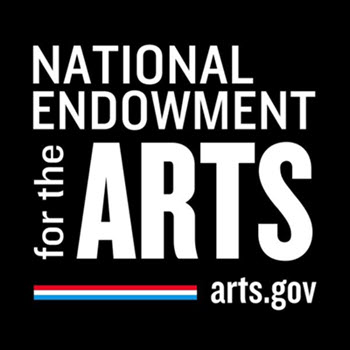FROM THE PUBLICATIONS DIRECTOR
This column was first published in the January 2025 issue of EMAg, The Magazine of Early Music America

By design, political chaos impacts us all. How will we respond? When it comes to government arts support, to take one likely example, the new administration in Washington has a clear agenda: to zero out funding for the National Endowment for the Arts, the National Endowment for the Humanities, and the Corporation for Public Broadcasting. The returning president has called government arts funding “a waste.” Indeed, the argument over paying for the arts has long been a sideshow in the culture wars, with conservatives insisting that the feds have no business in that arena, that foundations and private donations are a better mechanism to advance the creative community, and that their constituents might find some government funded works to be against their political or religious beliefs or — most attention-grabbing — offensive (q.v. a Robert Mapplethorpe exhibit in 1989).
Yet last time this team held the White House, they repeatedly tried but failed to kill the NEA. Shrewdly, its largesse reaches into every congressional district in the country. At a less aesthetic and spiritual level, the artistic sector is a proven economic engine, always bringing much more into their communities than the cost. There’s a trickle-down effect, too, since state arts agencies get part of their funding from the NEA: some 60 percent of the federal agency’s budget is spent on individual grants, and 40 percent goes to state arts agencies.

We might have hope. With bi-partisan support from Congress, the NEA budget actually grew slightly between 2016 and 2020, and still more over the past four years. Now its budget is roughly $200 million, which is tiny by federal agency standards — and minuscule, per capita, from a Canadian or European perspective, where government arts and cultural support seems lavish compared to the United States.
It’s certain the administration will again use existential threats against the NEA to further its populist political and cultural agenda. If you follow the news, you’ll know that fealty to this president is the best path to success for ambitious billionaires and obsequious politicians, many of whom will suddenly be more likely to back proposals they had once opposed.
What might all this mean for early-music ensembles and presenters? (Like most organizations, the amount EMA has received from the NEA fluctuates depending on the project and the request; this past year it was $25,000, a slight increase from recent years.)
Artists, with a few exceptions, rarely make the best lobbyists for their industry. Not their job, not their passion. So it’s timely to see Tom Kelly’s Musings column in the January 2025 issue of EMAg, remembering how the first EMA board, around 1985, seriously debated whether to become an “American Dairy Council” for early music — spending our resources to lobby on behalf of early-music professionals. Would such an organization be effective today?
What’s certain is that artists will respond, as they have through history, with the tools and energy at hand. Ahead of the election, when anxiety was building over possible outcomes, New York’s string consort Abendmusik found a meaningful approach. In a theatrical presentation, they included music, letters, and eye-witness descriptions from the time of the turbulent, devastating Thirty Years’ War. Without overstating the parallels, they noted that their show “addressed some of the same issues currently plaguing our own contemporary world.”
As musicians, they summarized, “our natural passion for creativity cannot be easily shattered. In challenging times, for many, creativity is a panacea for dealing with a threatening environment and all its complexities.”
Pierre Ruhe is publications director of Early Music America.

